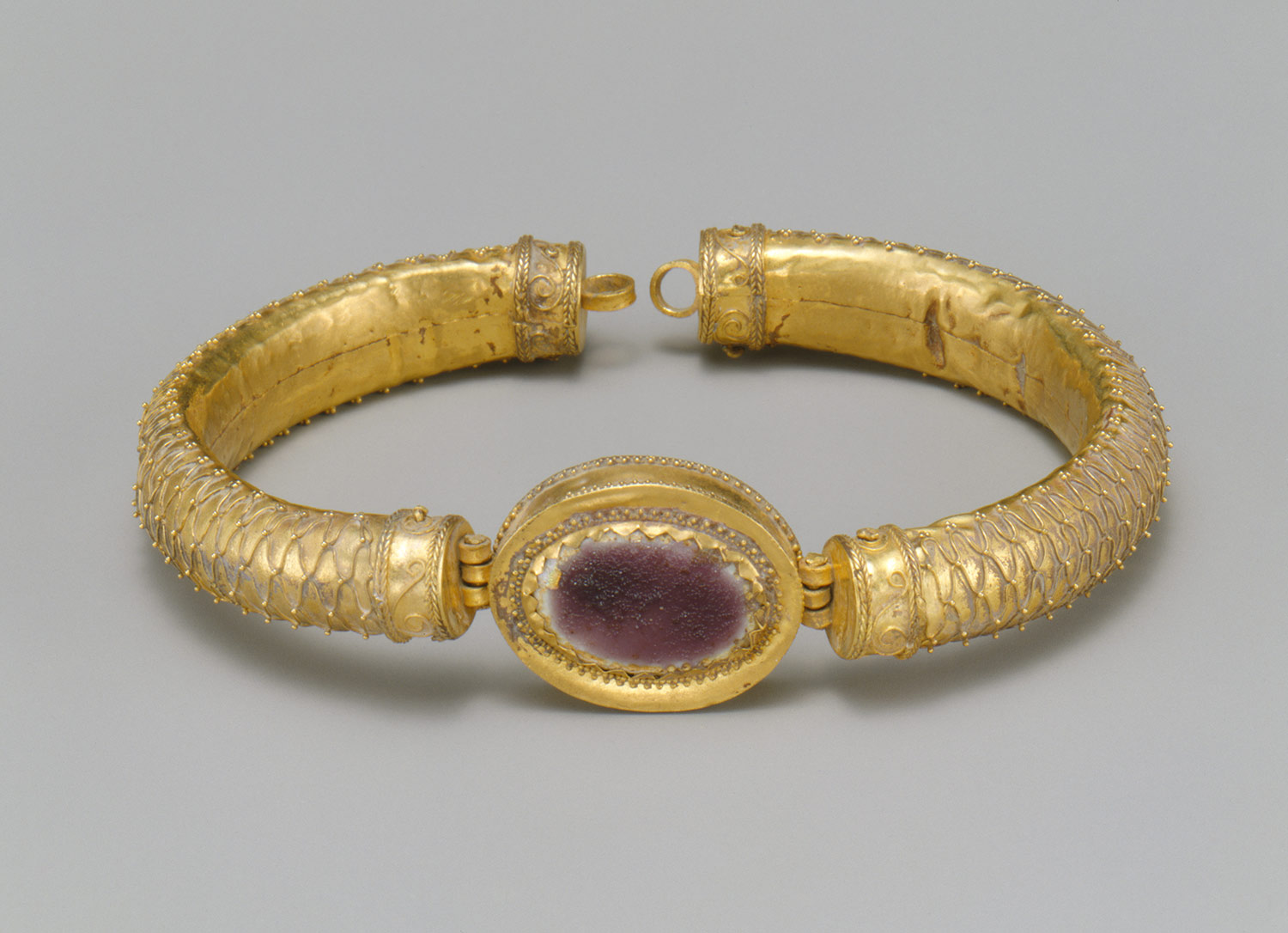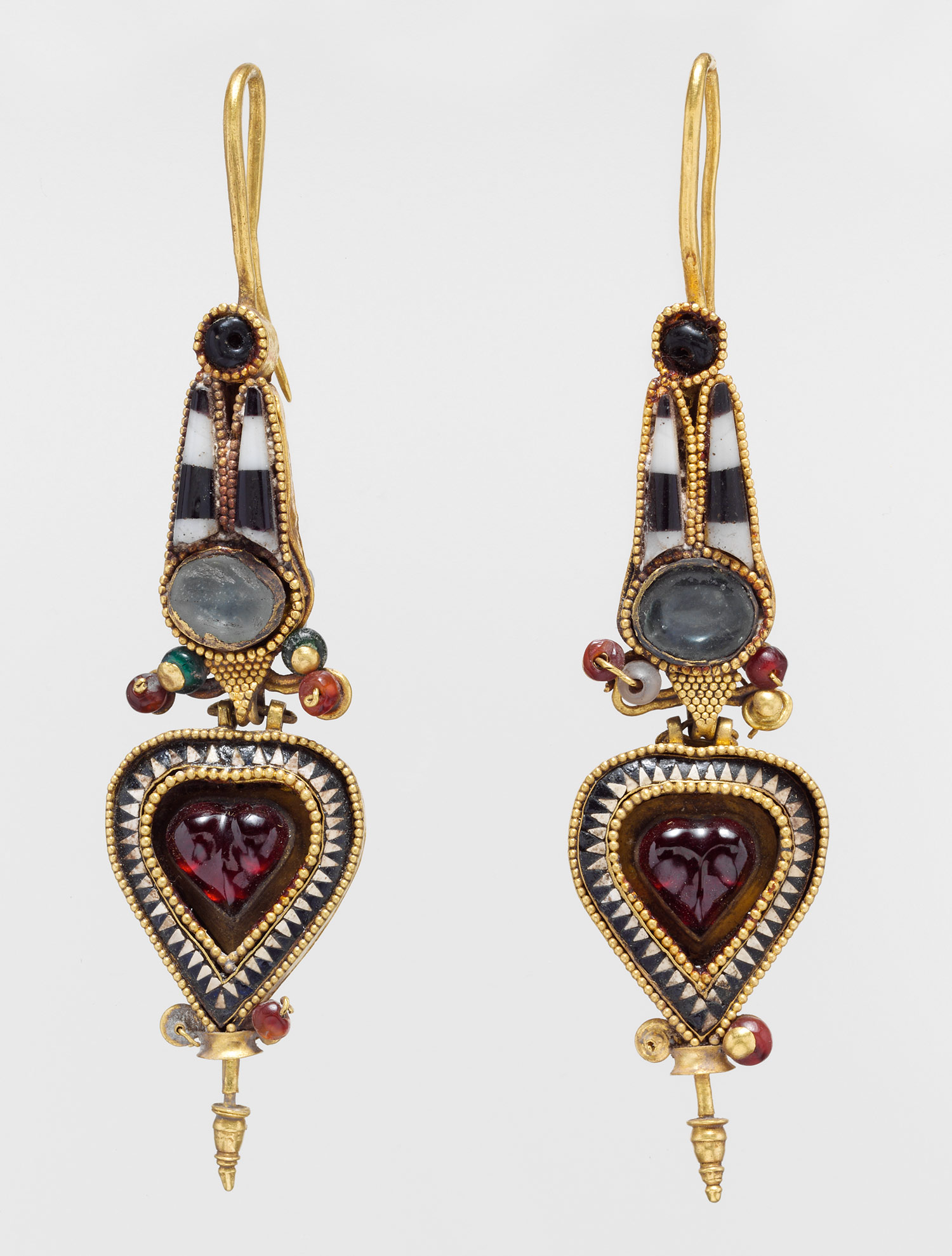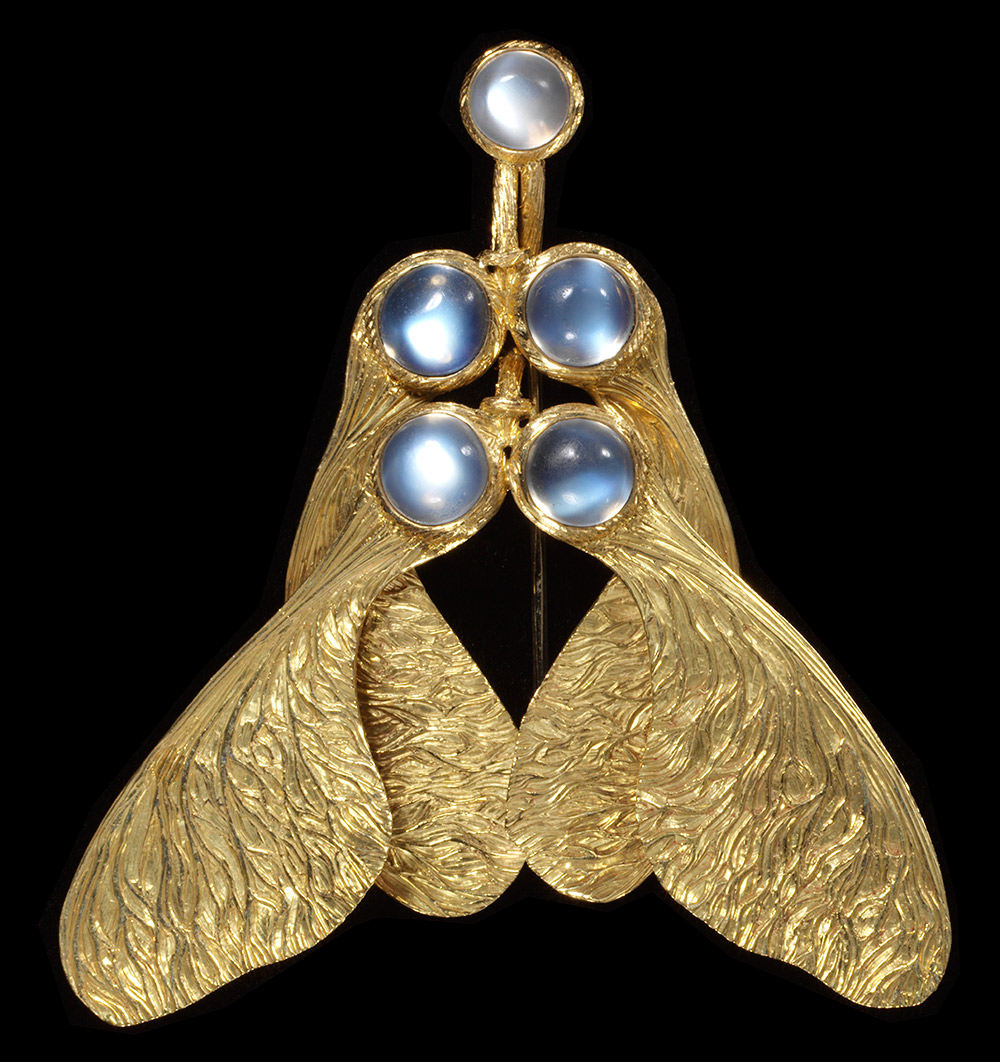Greek Jewelry Designers Biography
Source(google.com.pk)Castellani’s work during the first years was greatly influenced by the Russian craftsman Zwerner, who worked in Rome in the 1830s. In mid 1820s, Castellani became friends with the famous archaeologist Michelangelo Caetani, who later became the Duke of Sermoneta. Caetani had a large group of influential friends, such as Rossini, Chateaubriand, Stendhal, Liszt, Balzac and Witte, who became invaluable to Castellani’s growing business. Caetani convinced Castellani and his sons Alessandro and Augusto to stop manufacturing jewelry with foreign inspiration and to produce jewelry influenced by Italian and Greek history. This jewelry was given the name of “Italian Archaeological Jewelry.”
The Castellani’s business became the focus of European royal, aristocratic and artistic circles. Their jewelry was mainly inspired by Etruscan and Greek jewelry which they believed was aesthetically and technically supreme. Nonetheless, recognizing the dramatic qualities of Roman jewelry, the Castellani’s sometimes used Roman sources from time to time.
In 1853, Alessandro Castellani’s revolutionary ideas got him in trouble with the Papal Government of the time, and subsequently, imprisonment. In 1859, Allesandro moved to Paris, and the next year he opened a store at 85 Champs-Elysees, who later became the core of the Archaeological School of Jewelry in France. Alessandro became the foreign ambassador of the firm, and gave lectures all over the world.
While in Paris, Alessandro gave a lecture whose English version was entitled “Antique Jewelry and its Revival,” which was published to complement the Castellani display at the International Exhibition in London in 1862. The publication started with a brief history of the firm, its inspirations, and its tenacious pursuit of the classical techniques which were such an enigma to the twentieth century jewelers.
The Castellani family participated in Great Exhibitions and showed their jewelry in Florence in 1861, London in 1862 and 1872, Paris in 1867 and 1878, Vienna in 1873, Philadelphia in 1876 and Turin in 1884.
Alessandro also opened branches of the family firm in Paris, London, and Naples. He died in 1883, and his death coincided with the beginning of the decline of the Archaeological School of Jewelry throughout Europe. His brother Augusto succeeded him for thirty years and in 1914 he died leaving his son Alfredo in charge of the business, which he was forced to close in 1930.
Carlo Giuliano was born in Naples believed to have been an apprentice to Allesandro Castellani. In 1860, when Castellani opened the company’s branch in London, Giuliano was appointed to manage it. Giuliano’s early work was of Revivalist jewels. It was intrinsically worked in archaeological taste more often associated with Castellani. Giuliano began signing his work with a monogram of C and G, which was very close by the one use by the Castellani work which was C and C. In 1863, Carlo Giuliano began using a much smaller mark, suggesting that the relationship with Alessandro Castellani was probably over by then.
The business run by Carlo Giuliano for the Castellani’s was a laboratory, and the jewelry created at the premises, was offered for sale through notable jewelers throughout the city. Giuliano supplied several retail houses, among them C.F. Hancock, Hunt and Roskell, and Harry Emanuel.
In 1984, Giuliano was an established jeweler and opened his own retail premises at 115 Piccadilly. His shop became very successful and was famous among of the aristocratic, intellectual and artistic communities of that time for many years. During this time Carlo Giuliano turned his focus on the Renaissance as his source of inspiration, giving his designs a more colorful palette and a softer effect, which the English ladies found more acceptable. He soon started creating openwork necklaces of candy-twist enamel, to replace the severity of all gold diadems and fringe necklaces. He used enamel which evoked French and Italian jewelry of the 16th and 17th centuries, and sometimes necklaces and bracelets of Moghul India.
Giuliano died in 1895, leaving a successful business to his sons Arthur Alphonse and Carlo.
In his will Giuliano left seventeen of his own greater works of art to the English Government, together with enamel work from his stock, to be selected by the South Kensington Museum (today the Victoria and Albert Museum). In 1899, the box that contained Giuliano’s work was stolen and only a few pieces remain of his collection.In 1900, Arthur Alphonse and Carlo Giuliano gave the Museum seven other items made by their father and the Museum purchased a necklace by Carlo.
Some of the Giuliano’s clients included, Queen Victoria, Queen Alexandra, King Edward VII and Queen Victoria’s daughter the Empress Frederick of Prussia. In 1914, Arthur Giuliano ended his life with a revolver.His death marked the end of business to one of London’s greater leaders of art jewelry, during the past fifty-five years.When Coco reached 18 years of age, she left the convent and moved to the Notre Dame boarding school in Moulins. She started working in Moulins as a shop girl with a local milliner. Coco begins decorating simple straw and felt hats and creates beautiful and unusual designs, captivating the attention and admiration of the women that attended the races at Lonchamp. Soon after, they begin to ask her to custom-design hats for them that would complement their afternoon outfits.
Between 1912 and 1914 Coco opens a millinery store “Chanel Modes,” in Paris and another in Deauville, where she made and sold hats, simple loose blouses and chemises. In 1916, Coco begins to make garments from jersey, a fabric previously used only for underwear. In 1918, Chanel was producing cardigans and twinsets. She adapted men’s sweaters and showed them worn over plain, straight skirts. Coco eliminates the frills and excesses of women’s couture, in favor of styles that offered comfort, maneuverability and practical use. Chanel’s wartime designs featured hems that rose a few inches above the ankles, and a long sleek outline which was all the more comfortable for the hospital volunteer or the war production worker. By eliminating the “corset, Coco “let go” of the waist line.
Greek Jewelry Designers Jewelry Desgin Sketches Ideas 2014 Neclkace Ring Earringes Gallery Bangles Software Drawing Images Photos Wallpapers

Greek Jewelry Designers Jewelry Desgin Sketches Ideas 2014 Neclkace Ring Earringes Gallery Bangles Software Drawing Images Photos Wallpapers
Greek Jewelry Designers Jewelry Desgin Sketches Ideas 2014 Neclkace Ring Earringes Gallery Bangles Software Drawing Images Photos Wallpapers

Greek Jewelry Designers Jewelry Desgin Sketches Ideas 2014 Neclkace Ring Earringes Gallery Bangles Software Drawing Images Photos Wallpapers

Greek Jewelry Designers Jewelry Desgin Sketches Ideas 2014 Neclkace Ring Earringes Gallery Bangles Software Drawing Images Photos Wallpapers

Greek Jewelry Designers Jewelry Desgin Sketches Ideas 2014 Neclkace Ring Earringes Gallery Bangles Software Drawing Images Photos Wallpapers

Greek Jewelry Designers Jewelry Desgin Sketches Ideas 2014 Neclkace Ring Earringes Gallery Bangles Software Drawing Images Photos Wallpapers

Greek Jewelry Designers Jewelry Desgin Sketches Ideas 2014 Neclkace Ring Earringes Gallery Bangles Software Drawing Images Photos Wallpapers

Greek Jewelry Designers Jewelry Desgin Sketches Ideas 2014 Neclkace Ring Earringes Gallery Bangles Software Drawing Images Photos Wallpapers

Greek Jewelry Designers Jewelry Desgin Sketches Ideas 2014 Neclkace Ring Earringes Gallery Bangles Software Drawing Images Photos Wallpapers

No comments:
Post a Comment